Introduction: Bed bugs are a nuisance, and unfortunately, they can be found anywhere. Whether you’re staying at a hotel, visiting a friend’s house, or just sitting in a movie theater, bed bugs can easily hitch a ride on your clothes or belongings and make their way into your home. One of the most telltale signs of a bed bug infestation is the bites they leave on your skin. But how can you tell if those itchy red bumps are really from bed bugs? In this article, we’ll take a look at how to identify bed bug bites and what you can do to prevent and treat them.
The Telltale Signs of Bed Bug Bites:
How to Recognize Them Bed bug bites typically appear as small, red, and itchy bumps on the skin. They are often found in groups or clusters and can be mistaken for other insect bites or skin conditions, such as mosquito bites, hives, or eczema. However, there are a few key characteristics that can help you identify bed bug bites:
- They are often found in a line or zigzag pattern
- They are usually located on areas of exposed skin, such as the arms, legs, and neck
- They may be accompanied by tiny blood spots on your sheets or mattress
- They can take up to 14 days to appear after being bitten
Unmasking the Culprit:
Understanding the Cause of Bed Bug Bites Bed bugs are tiny insects that feed on human blood. They are usually found in mattresses, box springs, and other furniture near where people sleep. Bed bugs are most active at night and can quickly infest an entire home. When they bite, they inject an anticoagulant and a numbing agent into your skin, which makes it easier for them to feed. The anticoagulant can cause an allergic reaction in some people, which can result in severe itching and swelling.
Bed Bug Bite or Something Else? How to Differentiate As mentioned earlier, bed bug bites can be mistaken for other skin conditions. However, there are a few ways to differentiate them:
- Bed bug bites often appear in a straight line or cluster, whereas other insect bites tend to be more random
- Bed bug bites are usually smaller and more red than other insect bites
- Bed bug bites are often accompanied by blood spots on your sheets or mattress
From Mild to Severe:
The Range of Bed Bug Bite Reactions Not everyone reacts the same way to bed bug bites. Some people may have no reaction at all, while others may experience severe itching and swelling. In rare cases, bed bug bites can cause anaphylaxis, a life-threatening allergic reaction. If you experience difficulty breathing, swelling of the face or throat, or a rapid heartbeat after being bitten by a bed bug, seek medical attention immediately.
Tips for Treating Bed Bug Bites and Preventing Further Infestation If you have been bitten by bed bugs, there are a few things you can do to relieve the itching and prevent further infestation:
- Wash the affected area with soap and water
- Apply a cold compress to the bites to reduce swelling and itching
- Use an over-the-counter antihistamine to relieve itching
- Avoid scratching the bites, as this can lead to infection
- Inspect your home for signs of bed bugs, such as blood spots on your sheets or mattress, and take steps to eliminate them, such as washing all bedding in hot water and vacuuming your furniture and carpets regularly.
Don’t Let Bed Bugs Take Over: Steps to Eradicate Them for Good
Bed bugs are small insects that feed on the blood of humans and animals while they sleep. They are notorious for being difficult to eradicate and can quickly become a major problem in your home if left unchecked. If you have a bed bug infestation, it’s essential to take swift action to eliminate these pests for good. Here are some steps you can take to eradicate bed bugs:
- Identify the problem: The first step to eradicating bed bugs is to confirm that you have an infestation. Look for signs such as small reddish-brown bugs, tiny white eggs, and dark spots on your bedding, mattress, and furniture. Bed bugs are most active at night, so you may also notice bites on your skin in the morning.
- Clean and declutter: Once you have identified the infestation, it’s crucial to start cleaning and decluttering your home. Remove any unnecessary clutter, such as piles of clothes or stacks of newspapers, as bed bugs can hide in these areas. Wash all bedding, clothing, and curtains in hot water and dry on high heat to kill any bed bugs.
- Vacuum regularly: Vacuum your home regularly, paying close attention to cracks and crevices where bed bugs may hide. Be sure to dispose of the vacuum bag outside of your home immediately to prevent any bed bugs from escaping.
- Use bed bug sprays and powders: There are a variety of bed bug sprays and powders available on the market that can be effective in killing bed bugs. Be sure to follow the instructions carefully and use them only in areas where bed bugs have been identified.
- Hire a professional: If your bed bug infestation is severe, you may need to hire a professional pest control company to help eradicate the pests. A professional exterminator will have access to stronger chemicals and can help ensure that all bed bugs are eliminated.
- Take preventative measures: Once you have eradicated the bed bugs, it’s important to take preventative measures to prevent a future infestation. Keep your home clean and clutter-free, inspect second-hand furniture before bringing it into your home, and seal cracks and crevices where bed bugs may enter.
By following these steps, you can effectively eradicate bed bugs and prevent them from taking over your home. Remember that bed bugs can be a persistent problem, so be diligent in your efforts to keep them at bay.
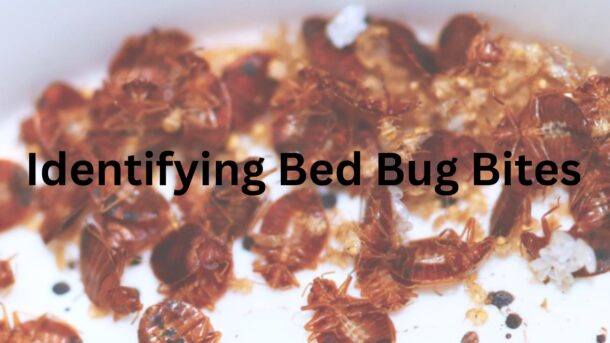

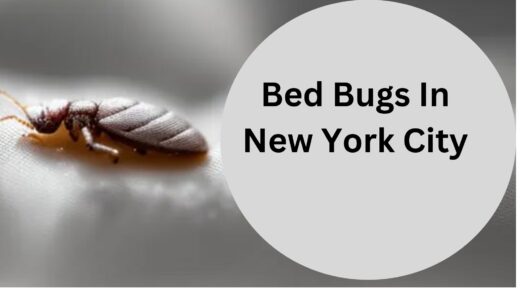


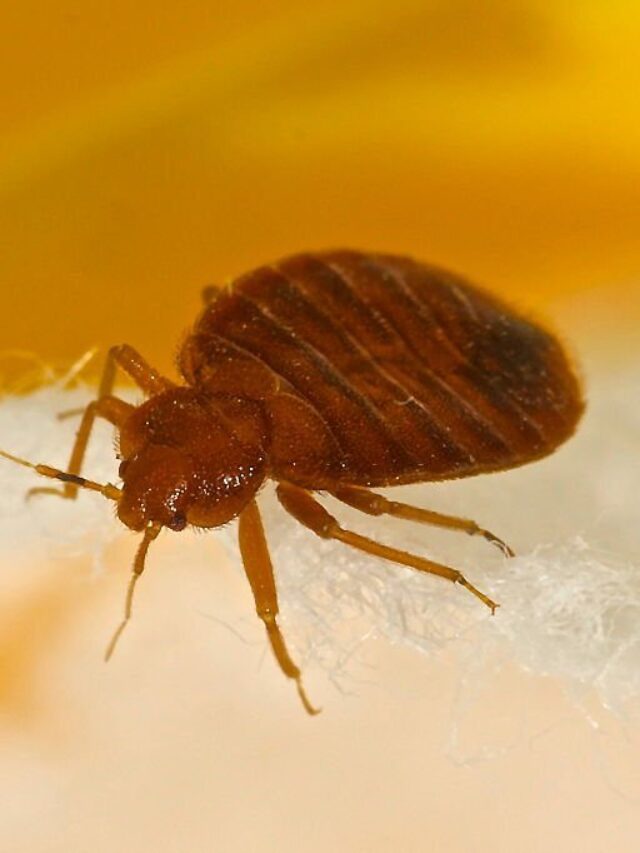
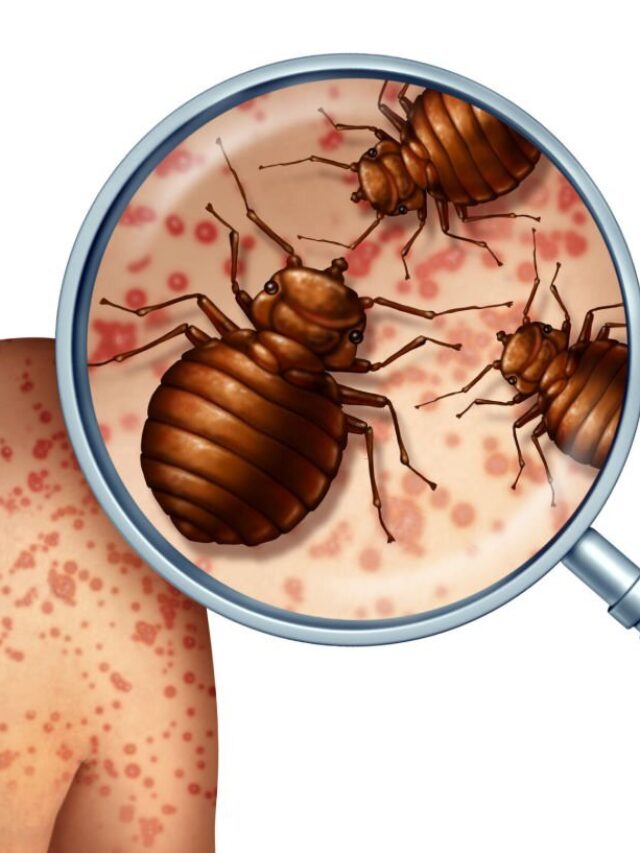




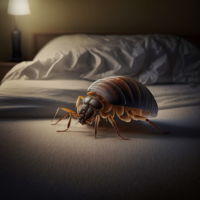
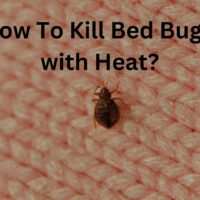

1 Response
[…] How to Identify Bed Bug Bites? […]